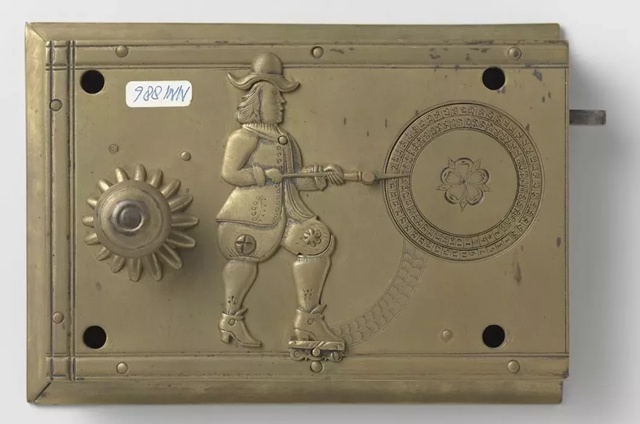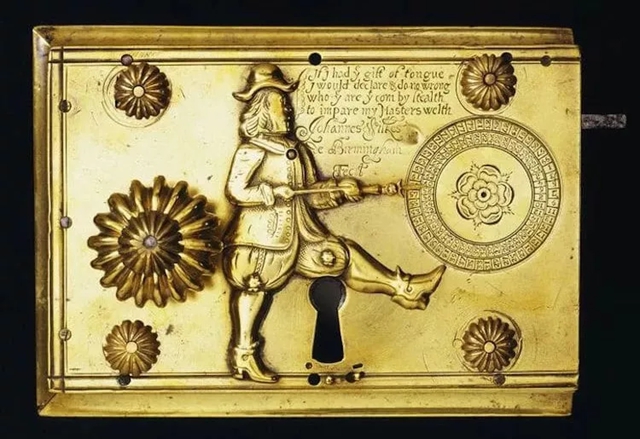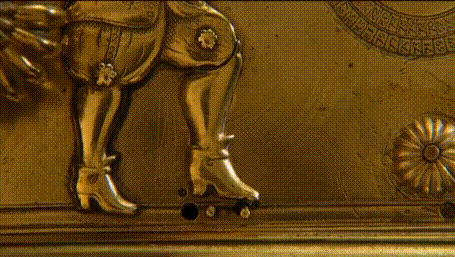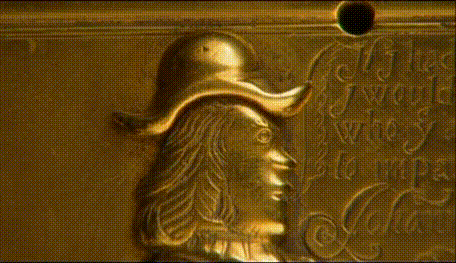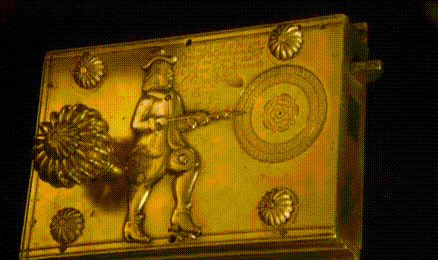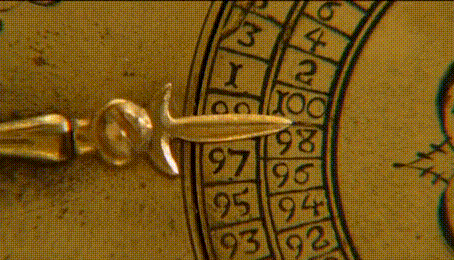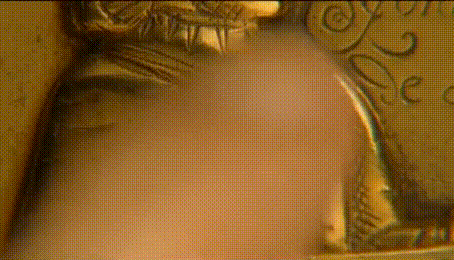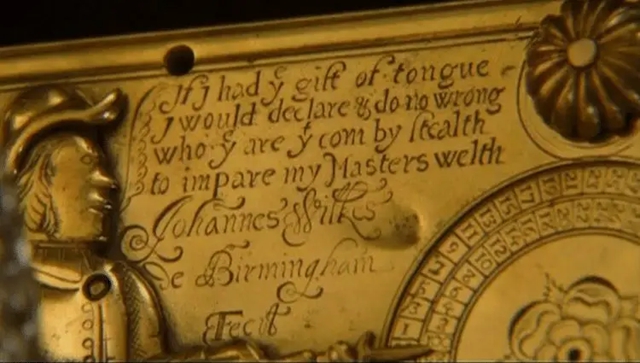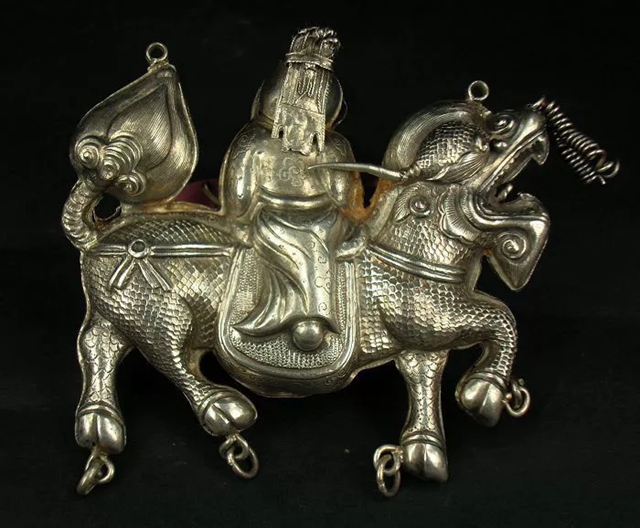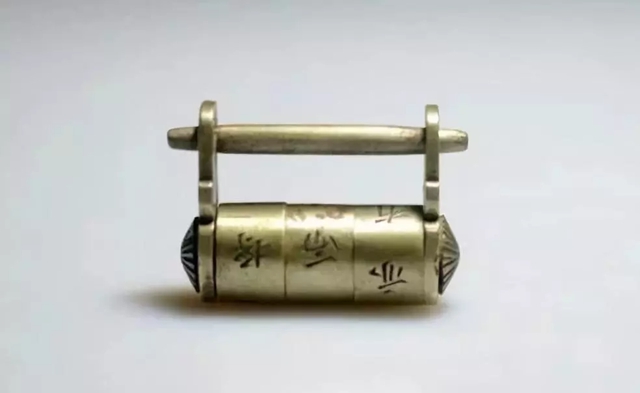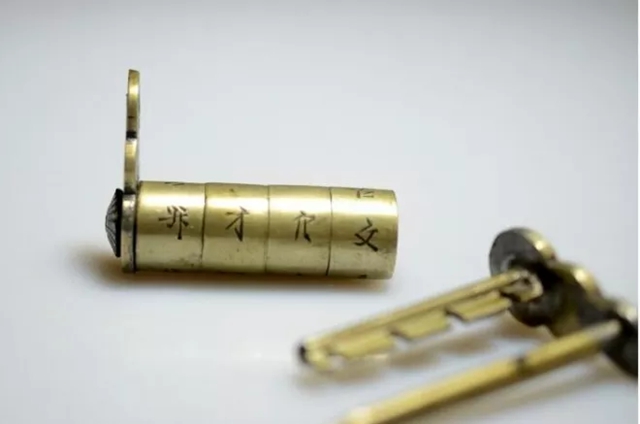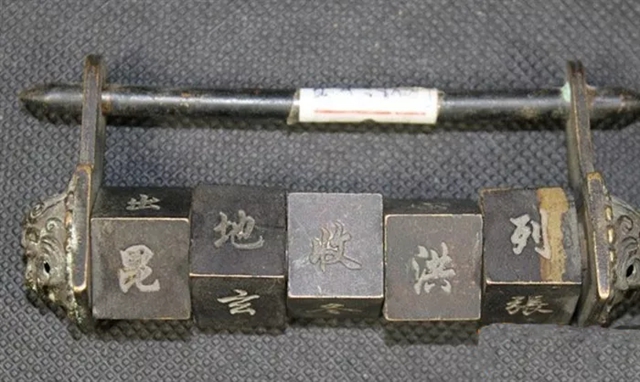In the 17th century England, a time devoid of electronic circuits and fingerprint recognition, it seems improbable to conceive of a smart lock made solely of brass and steel. Yet, around 1680, such a lock did exist.
This ingenious lock, known as the “Detector Lock,” was crafted by the skilled British locksmith John Wilkes. It featured a dual protection system combining complex key and lock mechanisms. The lock’s most distinctive feature was its ability to count unauthorized unlocking attempts, earning it the name “Detector Lock.”
The Marvel of the Detector Lock
This 340-year-old lock, despite its age, remains astonishing. The Detector Lock included a dial that could count and display the number of times the lock had been opened, providing a clear record for the owner to detect any unauthorized access attempts.
▼ The lock featured a man with a pointer. By pressing a button on his leg, a keyhole would appear.
▼Lifting his hat quickly locked the device.
▼Rotating a knob would unlock it.
▼Each unlocking event would increment the numbered dial by one, showing how many times the lock had been opened.
▼If the count reached 100, a button on the man’s jacket would reset the counter.
While its encryption and security might not match today’s smart locks, the Detector Lock’s craftsmanship from 340 years ago still leaves us in awe. As a precursor to modern smart locks, it shares a fundamental principle with its modern counterparts: layered security.
The Evolution of Smart Locks
Today, numerous technologies have emerged to enhance the world of smart door locks. From digital password locks to optical fingerprint recognition, semiconductor fingerprint unlocking, facial recognition, and even iris recognition technologies, the essence remains the same. At their core, these are still password locks, incorporating multiple keys for protection.
For the Detector Lock, the combination of mechanical keys with additional mechanisms represented this layered approach. Modern smart locks achieve this with digital passwords, Bluetooth, card swipes, fingerprints, faces, veins, and irises, serving as the “additional mechanisms” or “multiple keys.”
Beyond Encryption: Monitoring Access
In addition to its encryption capabilities, the Detector Lock could accurately record the number of times it was opened. This feature was revolutionary in the 17th century, making it a prized security asset in the West. The lock’s face bore an inscription:
“If I had ye gift of tongue / I would declare and do no wrong / Who ye are ye come by stealth / To impare my Master’s wealth.”
These centuries-old words reflect the lock’s solemn authority as a guardian of family and wealth, and as a judge of thieves and intruders.
The Timeless Importance of Locks
As protectors of our homes and valuables, locks, especially smart locks, play an indispensable role in our lives. The Detector Lock, a marvel of its time, not only demonstrates the ingenuity of early security systems but also highlights the enduring principles that continue to guide the development of modern smart locks. The journey from the Detector Lock to today’s advanced technologies underscores the timeless quest for enhanced security and peace of mind.
In addition to the remarkable Detector Lock, several other ancient locking and encryption techniques demonstrate the ingenuity of early locksmiths.
The Qilin Ancient Lock
Ancient locks came in various shapes and styles, with lock holes also exhibiting a wide range of forms. Beyond the common circular and arc shapes, there were locks with lock holes in the shapes of characters like “吉” (luck), “上” (up), and “古” (ancient). The unlocking methods of these locks were equally diverse. Some required simply pushing the key forward after insertion, while others needed the key to be turned 90 degrees before pushing. To enhance security, some locks had hidden keyholes, creating secret door locks. More complex locks required two keys used in a specific sequence to unlock.
The Brass Three-Ring Combination Lock
The earliest metal locks in China appeared during the Han Dynasty, characterized by a spring-plate structure. The Ming and Qing Dynasties marked the peak of ancient lock development, primarily using brass and iron. The brass five-ring combination lock featured a head with a combination of Chinese characters, though it only had three rings. Each ring displayed four characters, resulting in fewer possible combinations and lower security.
The Brass Four-Ring Combination Lock
The four-ring combination lock offered higher security compared to the three-ring version. Ancient locks were often intricately designed, balancing security provided by the combination mechanism with aesthetic appeal.
The Brass Five-Ring Combination Lock
The brass five-ring combination lock presented a more complex encryption system. Although the characters on the lock wheels might be the same, the unlocking combinations varied, showcasing the exceptional wisdom of ancient locksmiths.
Post time: Jul-10-2024

